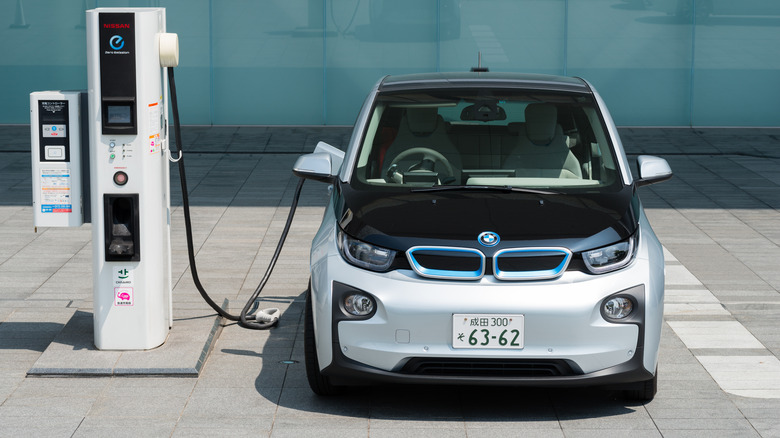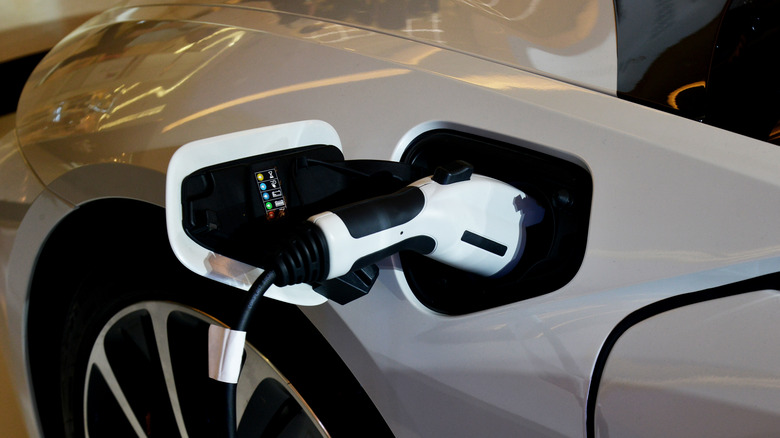BMW, Mini And Rolls-Royce Join The NACS Party With Tesla Supercharger Access
A decade ago, when automakers were racing to develop the first mass-produced electric cars, their primary focus was on design, specifications, and overall range. The adoption of a universal, interoperable charging standard that is both brand-agnostic and widely accepted was not given much consideration. Ten years later, we are making progress in this initiative, with an ever-increasing number of automakers in the U.S. adopting the NACS (North American Charging Standard).
The latest company to join the NACS band is BMW, which recently confirmed that it will adopt the NACS standard for existing and future EVs sold under the BMW, Mini, and Rolls-Royce brands. The company announced that starting in 2025, all of its newly made EVs will make the official switch to NACS.
Developed by Tesla — and later opened up for use by anyone — NACS adoption has been on the rise in the U.S. in 2023. This year alone saw the entry of major players like Ford, General Motors, Honda, Hyundai Motor Group, Jaguar Land Rover, Mercedes-Benz, Nissan, Polestar, Rivian, and Volvo to the NACS fold. With the addition of BMW and its brands to the list, the only major automaker yet to commit to NACS continues to be Toyota.
BMW's jump to NACS: What does this mean for existing EVs from BMW?
All BMW Group EVs currently sold in the U.S. come with a CCS (Combined Charging System) plug, which is incompatible with the NACS plugs. To ensure that these older cars also get access to NACS plugs and Tesla's Supercharger network when the changeover happens in 2025, the company will provide adapters to owners that will let them connect their CCS plugs to an NACS power outlet. This is a win-win situation for customers, given that they will soon be able to charge their cars at any EV charging station without having to worry about plug compatibility.
BMW has also confirmed that it is working on developing a new tool that would allow BMW, Mini, and Rolls-Royce drivers to easily locate and access Superchargers through their vehicle's display. It could even let them complete payments from right within the display too.
While BMW drivers' access to the Supercharger network is a welcome development, it is important to note that the company is working with six other automakers to create a new electric vehicle charging network with over 30,000 charging stations. Once operational, this network will provide EV owners across North America with even wider access to charging, making EVs more practical and reducing range anxiety.
Meanwhile, work is still underway to complete the standardization process that is mandatory before NACS becoms the defacto EV charging standard across the U.S.

